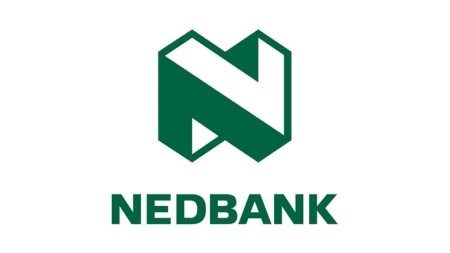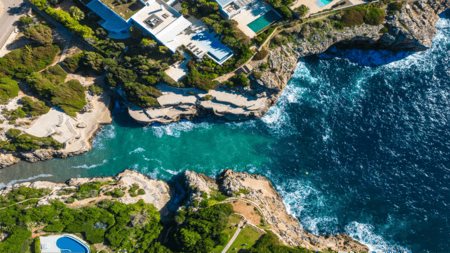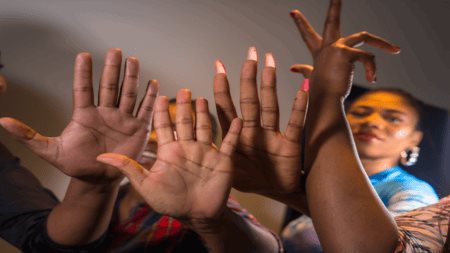Increasing development and high rise buildings may have cost the suburb of Berea some of its old-world charm; however, the area still boasts some of the most beautiful examples of colonial architecture in Durban. As an area that once housed some of the wealthiest families in the city, the leafy Berea suburb still appeals to those looking to invest in a little history and as such, a large number of the properties in Berea have been restored to their former glory. Situated on the ridge above Durban, the Berea has always been a popular suburb, mainly for the spectacular views of the city centre and Indian Ocean that lie below. Named after a small church that was founded in the area by Captain Allen Francis Gardiner, property on the Berea quickly became a sough-after commodity, appealing to the town’s most elite residents. Once housing some of Durban’s most expensive real estate, the area is now regarded as the third most expensive suburb in Durban, after Umhlanga and Durban North.The area has enjoyed vast commercial development in recent years and many of the old colonial mansions that grace the area have been converted into office suites and apartment buildings. Ideally situated, close to local beaches, the area offers a wide variety of amenities including a large selection of art galleries, restaurants and parks. A number of well-known shopping centres including the Musgrave Centre and the Berea Centre are easily accessible. Perhaps part of the attraction is the number of good local schools that continue to draw young families to the area. Durban Boy’s High School is the oldest and one of the most famous boy’s schools in the city. Founded in 1866, the school was originally situated in Smith Street and initially housed seven pupils. It was moved to its current position on the Berea in 1865 and today accommodates 1100 pupils. Durban Girls College is also a highly-regarded educational institution and one with numerous accolades to its name.The popularity of the area is clearly reflected by the number of sales that have recently taken place. Lightstone’s statistics indicate that 91 sales have been finalised over the past 12 months. A total of 75 freehold properties were sold and the average price for a property in the area was pegged at R1 378m. Sectional title sales totalled 16 with a similar average price of R1 337m.Interestingly, the statistics reveal a substantial growth in price in sectional title sales for the period of 2010, when compared with average prices attained in 2008 and 2009. The trend seems set to stay, with the indicated average price for property in this sector hovering around the R1.5m mark for the first quarter of 2011. Statistics also reveal that only16.7% of homes in the area fall under the sectional title banner, which could further tip the scales in favour of sectional title owners.On a similar note, the number of sales in the freehold sector has enjoyed moderate growth, increasing from 57 sales in 2009, to 72 sales in 2010. This indicates a positive, steady growth pattern for the area.
Property Advice



